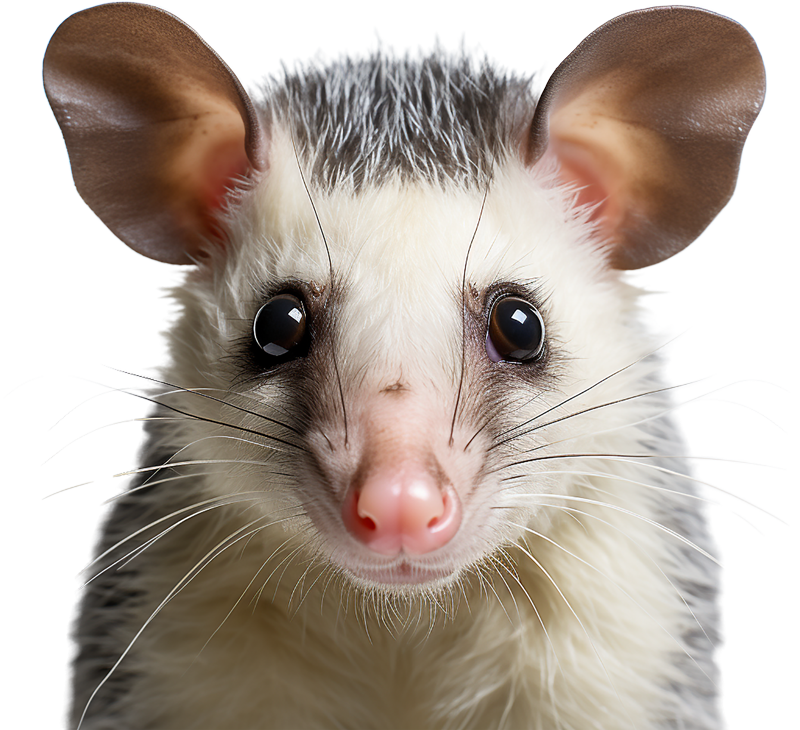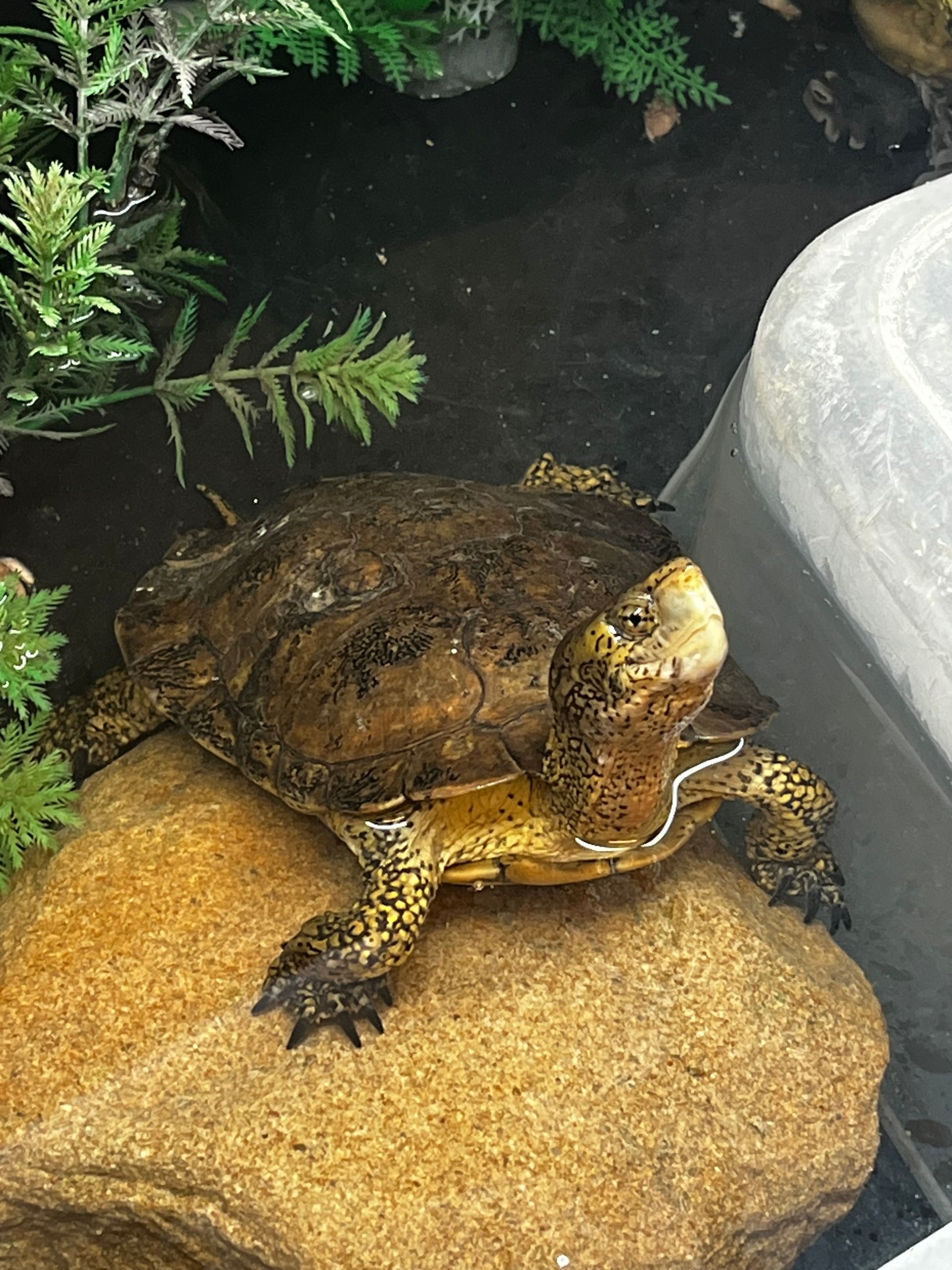Discover the Wild Next Door
Meet your animal neighbors!

take action for wildlife
JOIN the WILD 5 CHALLENGE
Wildlife needs our help—and you can make a big difference. These 5 simple actions can save wild lives in your neighborhood. Join the Wild 5 challenge today!
Join Our Community
Sign up for our emails and join the Wild 5 Challenge! You'll learn the 5 Actions you can take to protect wildlife in your own backyard, and receive helpful tips, online actions, and easy product swaps that keep wildlife safe.
Connect with us on social media—let's help wildlife together!
About Us
We Are The Wildlife Care Network
Wild Welcome is a project of the Santa Barbara Wildlife Care Network. Whether you have a question about coexisting with wildlife, need guidance on what to do if you find an injured animal, or want to get involved, we’re here to help.








